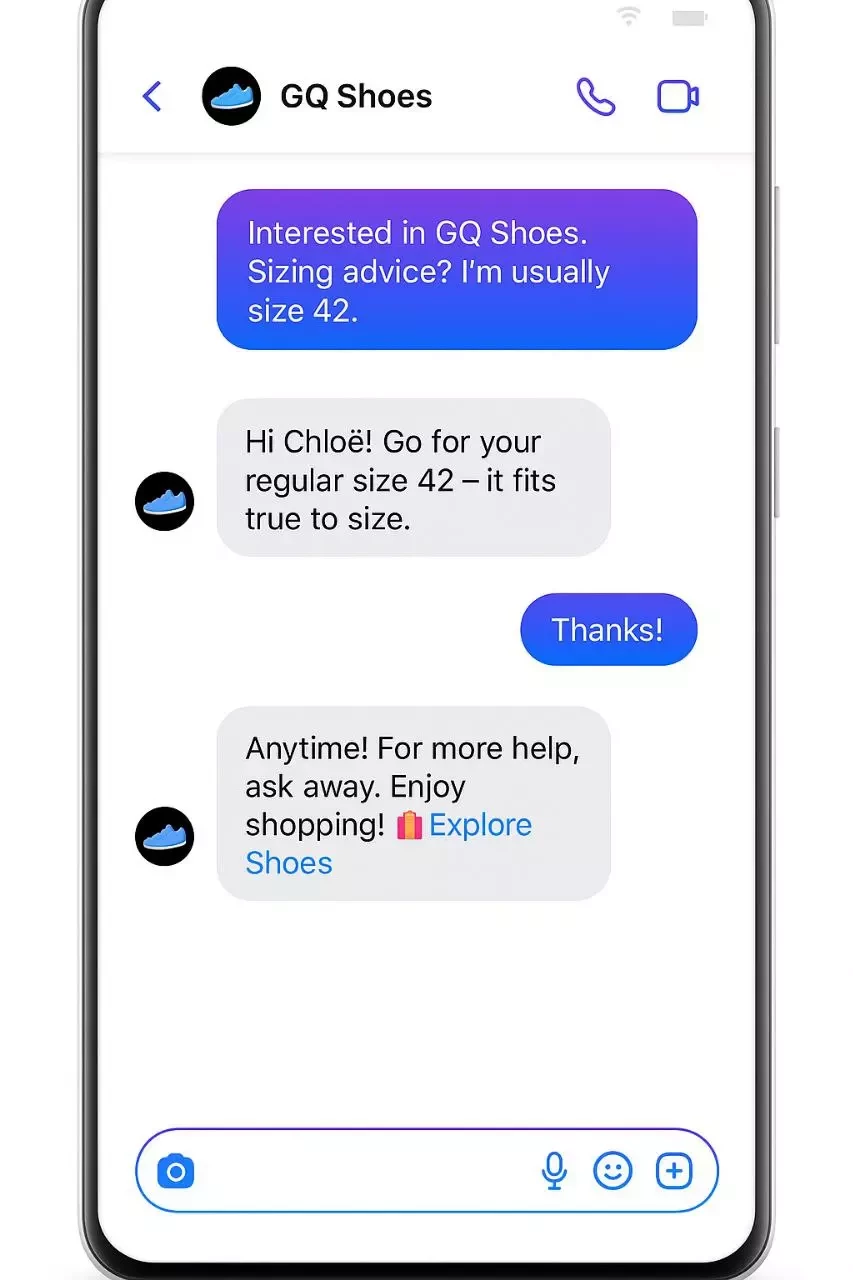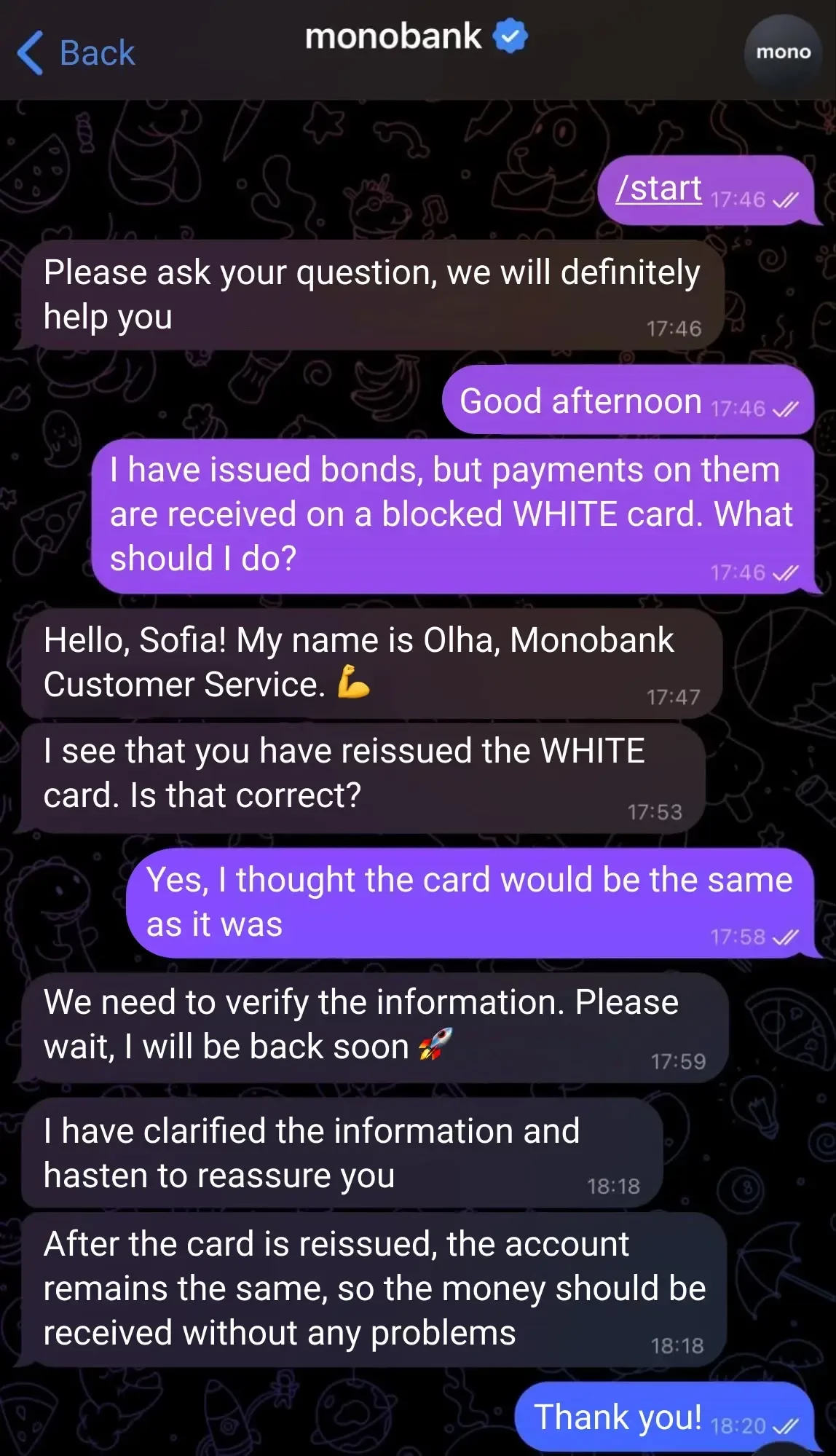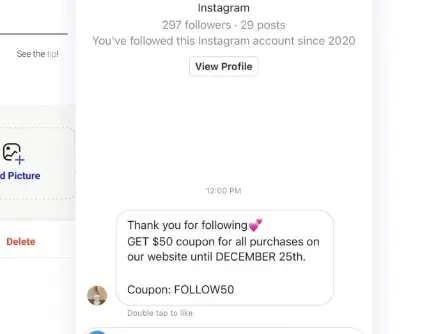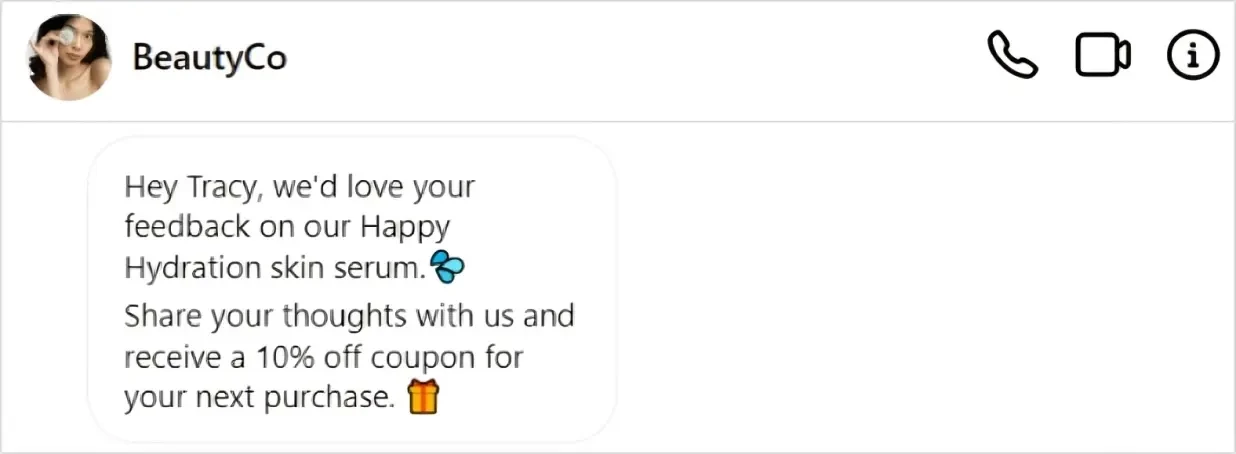Direct Message
Scroll any social media feed today, and you’ll see people telling followers to “DM me” or bragging about someone sliding into their DMs. But newcomers still stop at those two letters. This article explains what DM is, how it works, and gives you clever methods to apply it in your personal and professional life.
What is a DM (Direct Message)?
DM stands for "direct message," which is the private messaging feature that practically all current social networking sites provide. A DM is a private message that you send to someone else in a network's inbox instead of in comments, articles, or posts. A DM enables users to communicate links, photographs, or secrets with a specific person without making them public to everyone else. This is because the exchange is shielded from worldwide broadcasting. People who used Twitter early on made the word famous, but now Instagram, Facebook, LinkedIn, TikTok, and even gaming sites like Discord all encourage the same private channel. You could also notice the word "PM" (private message), which is quite similar to "DM," but "DM" has become more popular in pop culture. In daily speech, DM may be both a noun and a verb: "Send me a DM," "I'll DM you the file," or the more flirty "He slid into my DMs."

How Do DMs Work?
There is a DM for each social network's own inbox or chat window, including Instagram Direct, Facebook Messenger, the X messaging tab, LinkedIn Messaging, and so on. To start a DM, press the paper airplane symbol or Message button on someone's profile, enter your message, and then click send. The DM only shows up for the person or people you choose, and the thread changes in real time, like an instant messaging service. Most platforms let you send rich material in a DM. You may send high-resolution pictures, short videos, reels, audio notes, GIFs, stickers, and URLs that you can touch on. On Instagram, a fading picture shared over DM disappears after one view.
On X, a link preview opens instantly. On TikTok, you have to follow each other before a DM shows up in your inbox. YGroup DMs function similarly for a group of friends or colleagues. They provide them a secure space where up to 250 people may plan a birthday party or work together on a product launch. Different accounts have different privacy settings. Facebook Pages normally allow everyone to send DMs, while individual profiles may only let followers send messages. End-to-end encryption is becoming more common, making private chats safer by keeping them completely private. A DM feels a lot like an SMS in real life, but it's stuck within the social app, where you can easily access context, profiles, and effective interaction options.
Why are DMs Important in Marketing?
Private messaging changed customer expectations. A quick DM feels safer, faster, and more personal than shouting questions in a comment thread. Below are two lenses—individual and brand—showing why the DM has become a pillar of digital communication.
Maintaining Personal Connections
For regular users, sending direct messages is like reaching over and whispering to a buddy at a loud concert. You don't tag someone in public; instead, you send them a DM with a meme, a link to tickets, or a private confession. This one-to-one lane keeps your personal information safe, reduces social pressure, and prevents algorithms from gaining too much insight into your private conversations. The DM channel lets pals share photographs, voice comments, and responses, which helps them connect in ways that a simple like button doesn't. Sprout Social's research reveals that more than 60% of people feel impressed when a brand or a creator messages them directly. This illustrates how personal the format feels.
Business & Creator Benefits
For marketers, the DM is a conversion powerhouse hiding in plain sight. A timely direct message can clarify shipping details, rescue an abandoned cart, or turn casual scrollers into loyal customers. Brands monitor social listening tools to spot buying signals—“Does anyone know if this shoe comes in size 9?”—then swoop into the DM to deliver an answer and a promo code. Because the discussion happens in private, both sides feel comfortable sharing order numbers, screenshots, or personal obstacles. The high-touch nature of a direct message also amplifies community-building. Influencers nurture superfans by responding to every incoming DM, while B2B teams negotiate partnerships away from competitors’ eyes. All of this drives measurable lifts in customer satisfaction, referral intent, and revenue attributed to DM-initiated conversations.
Using DMs for Business
The following playbook shows how organizations translate a simple DM into measurable business wins.
Customer Support in the DM

A frustrated tweet can spiral into a PR crisis. Moving that thread into a direct message diffuses tension and allows support agents to ask for order numbers or photos of a damaged parcel. Because the DM stays off the public timeline, other users focus on the brand’s speedy response rather than the complaint itself. Many teams deploy chatbot triage in the DM inbox to collect basic data, then escalate complex cases to human agents, ensuring every DM receives a reply within minutes.
Lead Generation & Sales

Social search means prospects discover products in comments, reels, or TikTok Lives. Promptly inviting them to continue the chat via direct message produces a high-intent funnel. Inside a DM, reps can send personalized lookbooks, discount codes, or secure payment links without exposing tactics to competitors. Even B2B SaaS companies book demos through LinkedIn DMs, turning casual article readers into pipeline opportunities. A study by BigCommerce found that shoppers who received a tailored direct message were four times more likely to convert than those who only saw public ads.
Community Engagement & Feedback

Thank-you notes still matter. Dropping a sincere “Thanks for your unboxing video!” in a customer’s DM cements goodwill far better than a generic retweet. Brands also run user-generated content campaigns by inviting fans to submit images in a direct message, ensuring licensing proof lives inside the private thread. Finally, periodic check-ins via DM—“How is the fit after two weeks?”—generate qualitative insights that surveys often miss.
Direct Message Etiquette and Best Practices
A private chat is powerful only when handled with tact. Use these tips to ensure that every direct message feels welcome instead of annoying.
Direct Message Do’s
- Personalize the greeting. Use the recipient’s name and reference previous context so the direct message feels handcrafted.
- Answer right away. People who use social media expect a prompt response, so try to respond to a message within an hour during office hours.
- Be nice and to the point. A short message demonstrates respect for the reader's time, and a pleasant tone makes the brand more human.
- Secure sensitive data. If you must collect payment details, send a temporary checkout link rather than asking for card numbers inside the chat thread.
Direct Message Don’ts
- Spam or mass-blast. Sending identical pitches as a direct message to hundreds of strangers invites account blocks and algorithmic penalties.
- Overstep boundaries. Unsolicited flirting or pushy sales in a private message risks being labeled creepy or predatory.
- Ignore follow-up questions. A conversation is a two-way street; leaving a direct message unanswered for days erodes trust.
- Over-automate. Chatbot greetings are fine, but a wall of canned replies inside a direct message feels robotic. Always offer a human escape hatch.
Alongside these rules, remember that the slang “slide into someone’s DMs” can carry flirtatious undertones. If the intent is strictly professional, a clear opening line—“Hi, may I ask a quick question about your webinar?”—helps frame the direct message appropriately.
Final Thoughts
In just ten years, private messaging on social networks has evolved from a minor feature to becoming the primary means for people to share everything from personal secrets to business deals. These capabilities are included in the programs that people currently use to scroll, so they make things easier. There's no need to download another messenger or look up an email address. People want companies and artists to be able to contact them in-app and reply in a conversational way, thanks to this ease, along with improved encryption and better media compatibility. It's apparent what firms should do: ignoring incoming DMs now is like leaving the phone off the line in the 1990s. Luckily, the greatest practices listed above—personalization, quick responses, and respect for boundaries—don't cost a lot of money; they only need greater empathy. Put those personal touches together with smart automation, and you'll turn short social contacts into long-lasting connections and, in the end, tangible progress.
Join Our Blog Newsletter!
Stay updated with our latest email marketing tips, product news and case studies.
Terms in the same category
Customer Lifecycle